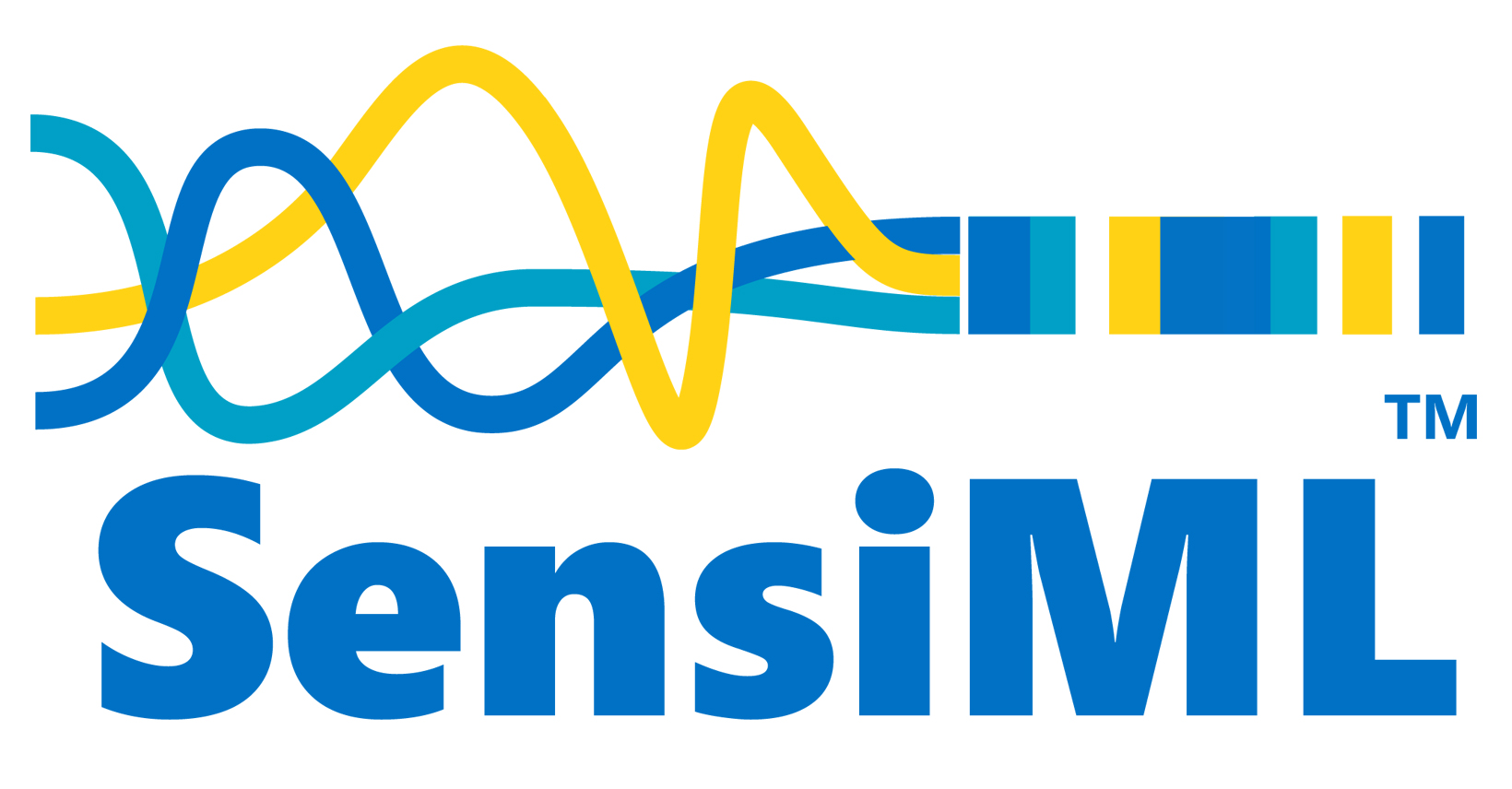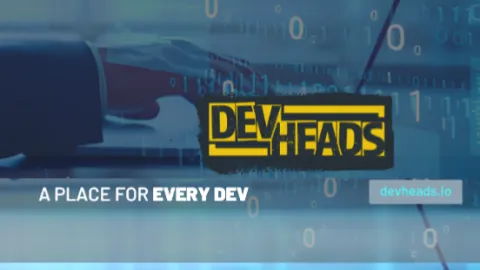Edge AI use cases and industry apps (continued)
Welcome again, @HxH to
DevHeads!
Thanks for sharing your interests and you definitely have an outlook of the domains and skills. Sticking to your interest will always help by giving that unfair advantage while you're looking for positions in companies. ML is something that's talked about a lot and coming to the embedded side you may look at places like https://sensiml.com/ and https://www.ti.com/technologies/edge-ai.html for knowing what's hot and where the industry is aligned towards. They have some example projects showcased as well deployed on TI hardware platforms.
Last thing you asked, there certainly are positions in the industry related to these but they as small teams(for example in one of the TI seminars I attended recently, they were showcasing EdgeAI solutions and Mr. Shyam (https://www.linkedin.com/in/shyamjagannathan) was explaining how they're poised to expand with automotive, manufacturing use cases. It's like a high-stake, low-volume skill to architect and build these systems. Several startups are in-line as well.
It's definitely a good to know topic irrespective of what's happening in the industry and working on projects + math related to this will give an edge to one's skillset. You're at the right place - let's keep rolling.
DevHeads!
Thanks for sharing your interests and you definitely have an outlook of the domains and skills. Sticking to your interest will always help by giving that unfair advantage while you're looking for positions in companies. ML is something that's talked about a lot and coming to the embedded side you may look at places like https://sensiml.com/ and https://www.ti.com/technologies/edge-ai.html for knowing what's hot and where the industry is aligned towards. They have some example projects showcased as well deployed on TI hardware platforms.
Last thing you asked, there certainly are positions in the industry related to these but they as small teams(for example in one of the TI seminars I attended recently, they were showcasing EdgeAI solutions and Mr. Shyam (https://www.linkedin.com/in/shyamjagannathan) was explaining how they're poised to expand with automotive, manufacturing use cases. It's like a high-stake, low-volume skill to architect and build these systems. Several startups are in-line as well.
It's definitely a good to know topic irrespective of what's happening in the industry and working on projects + math related to this will give an edge to one's skillset. You're at the right place - let's keep rolling.
SensiMLChris Rogers
SensiML is the pioneer of software tools for compact AI processing on IoT endpoints. Build product worthy TinyML code for your IoT sensor app with SensiML.

Scalable and efficient vision processors bring real-time intelligence to smart camera systems

